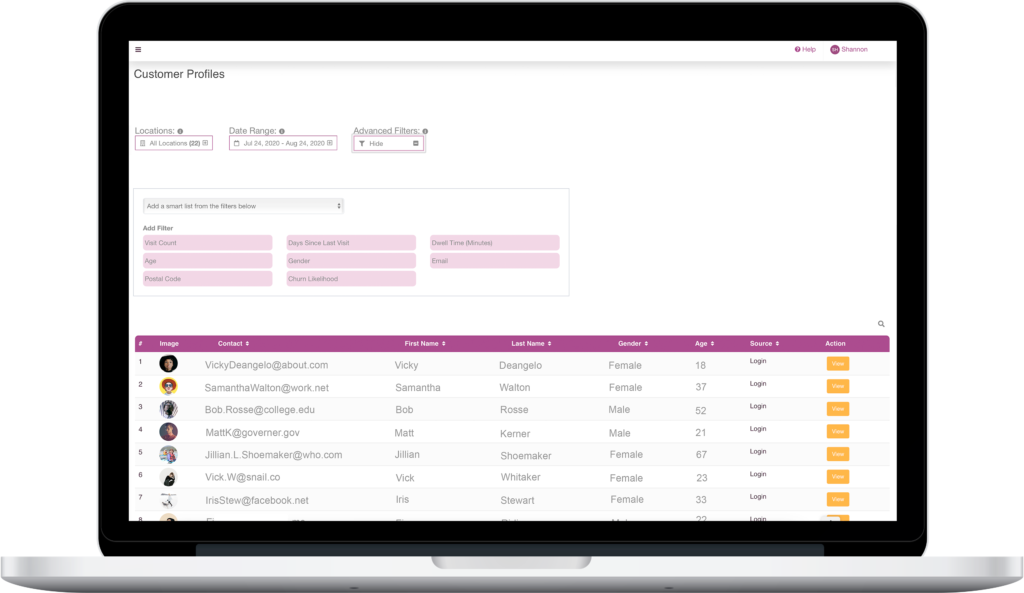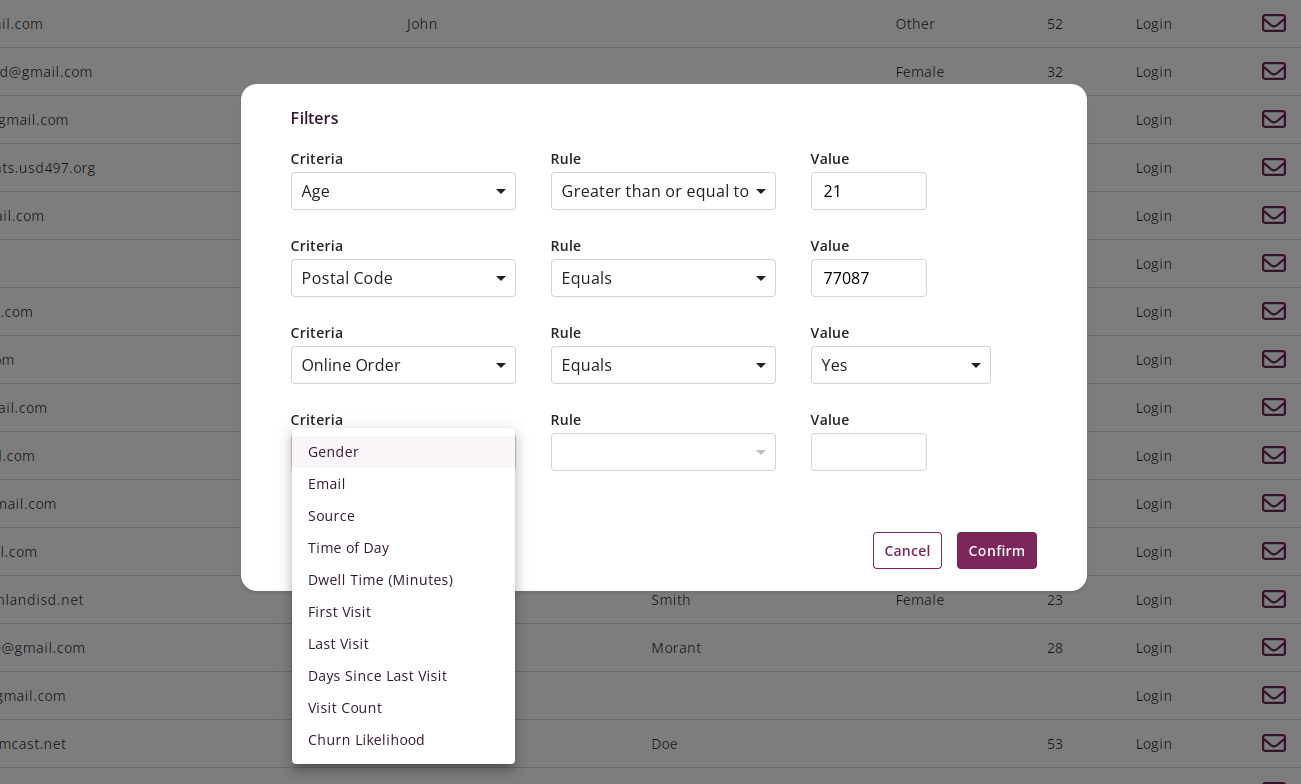In an industry as fiercely competitive as food service, understanding your customer base is not just beneficial—it’s essential.
One of the most effective ways to gain this understanding is through customer segmentation. It’s a strategy that allows restaurants to identify, target, and cater to specific groups within their overall clientele, ultimately contributing to more engaging, successful, and profitable marketing campaigns.
Customer segmentation is the practice of dividing your customers into groups based on common characteristics such as demographics, buying habits, preferences, or behaviors.
These segments can then be targeted with tailored marketing and advertising strategies that resonate with their specific needs and desires. This approach allows restaurants to reach the right people with the right message at the right time, making marketing efforts more efficient and impactful.

Why is Customer Segmentation So Important?
Customer segmentation is crucial for effective restaurant marketing because it helps you identify and group your customers based on shared characteristics, such as demographics, preferences, or behaviors.
By understanding these differences, you can tailor your marketing strategies to target specific segments, offering promotions or menu items that are more likely to appeal to them.
This personalized approach not only increases the effectiveness of your marketing efforts but also fosters customer loyalty and satisfaction, ultimately leading to increased revenue and a thriving business.
- Personalized Marketing: Today’s consumers crave personalization. They appreciate when businesses understand their needs and preferences and cater to them specifically. With customer segmentation, restaurants can deliver personalized marketing messages that resonate with each customer group, improving engagement and ultimately driving more sales.
- Resource Allocation: Resources are often limited, especially in the restaurant industry. By identifying and focusing on the most profitable or high-potential customer segments, restaurants can allocate their resources more effectively, resulting in a higher return on investment.
- Improved Customer Retention: Customer segmentation helps restaurants understand the unique needs and preferences of their guests, allowing them to better meet these needs and increase guest satisfaction. This leads to improved customer retention, which is crucial in the restaurant industry where acquiring new guests can cost five times or more than retaining existing ones.
- Better Product Development: Understanding the preferences and habits of different customer segments can guide menu development and operations innovation. Restaurants can create new dishes or adjust their menus based on the preferences of their key customer segments, leading to offerings that are more likely to be successful.

Applying Customer Segmentation to Restaurant Marketing
The first step in customer segmentation is comprehensive data collection. Restaurants must gather as much information as possible about their guests to form accurate segments.
The most effective data collection method is using a customer data platform like Bloom Intelligence, which collects and aggregates guest data from many different sources into one large clean customer database, including:
- Reservation and online ordering platforms
- Guest WiFi login pages, also known as captive portals
- Social media platforms
- POS systems
- Website forms, and more.

Once the data is collected, it can be quickly and easily analyzed and filtered to form distinct customer segments. Common types of customer segmentation in the restaurant industry include:
- Demographic Segmentation: This involves grouping guests based on factors like age, gender, or income level. For example, a fine dining restaurant might target affluent individuals, while a fast-food chain might target younger demographics.
- Geographic Segmentation: This involves segmenting guests based on their location. A restaurant might target local residents, tourists, or people who work in the area.
- Behavioral Segmentation: This involves segmenting guests based on their behavior, such as their dining habits, purchase history, visit times, or loyalty. A restaurant might target frequent guests with loyalty programs or occasional diners with special promotions.
- Psychographic Segmentation: This involves segmenting patrons based on their lifestyle, values, and interests. A health-conscious restaurant might target guests who value fitness and healthy living.

Once the customer segments are established, restaurants can develop targeted marketing and advertising strategies for each segment.
This might involve creating personalized email campaigns, tailoring social media content, offering segment-specific promotions, or even adjusting menu offerings.
Customer segmentation is a powerful tool for restaurant marketing. By understanding and targeting specific customer segments, restaurants can create more effective marketing campaigns, allocate resources more efficiently, improve customer retention, and guide product development.
In today’s competitive restaurant industry, customer segmentation is not just a nice-to-have—it’s a must.
Restaurant Customer Segmentation with Bloom Intelligence
It’s time to step up your restaurant marketing with customer segmentation and witness the transformative impact it can have on your business.
Bloom Intelligence is an AI-powered restaurant marketing platform that includes a powerful customer data platform, WiFi marketing, and reputation management tools.
Guest data and reviews are collected from many different sources and aggregated into one single customer database. This makes it simple and easy to analyze and segment your restaurant’s guest personas for automated marketing, implement an efficient reputation management strategy, and discover and bring back lost guests.
Bloom makes restaurant marketing tasks effortless, allowing you to quickly execute your marketing strategy, saving you time, increasing customer lifetime values, attracting new guests, improving your reputation, and boosting your bottom line.
To see more of what Bloom can do for your restaurant, schedule a free demo today, or call us at 727-877-8181.





.svg)